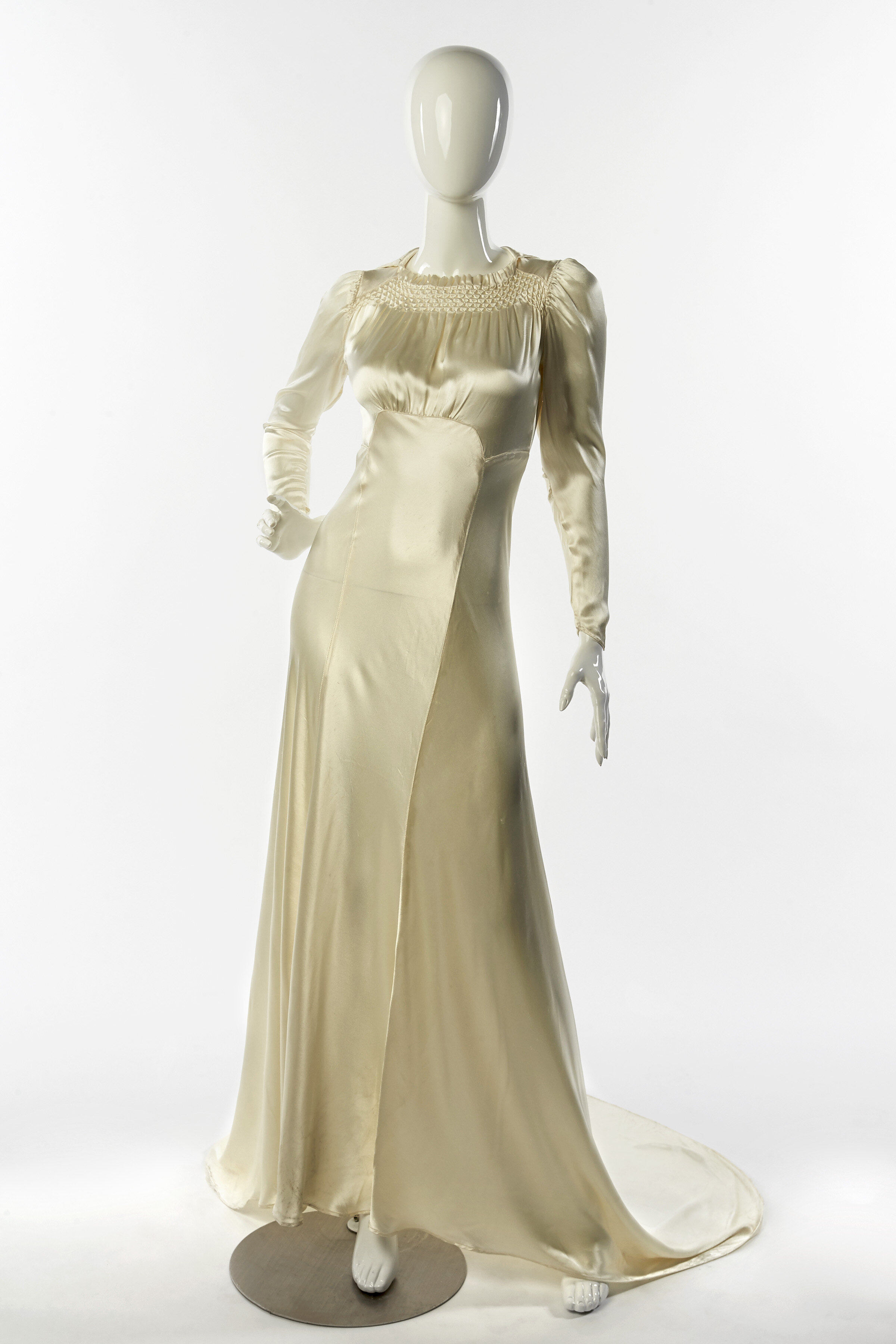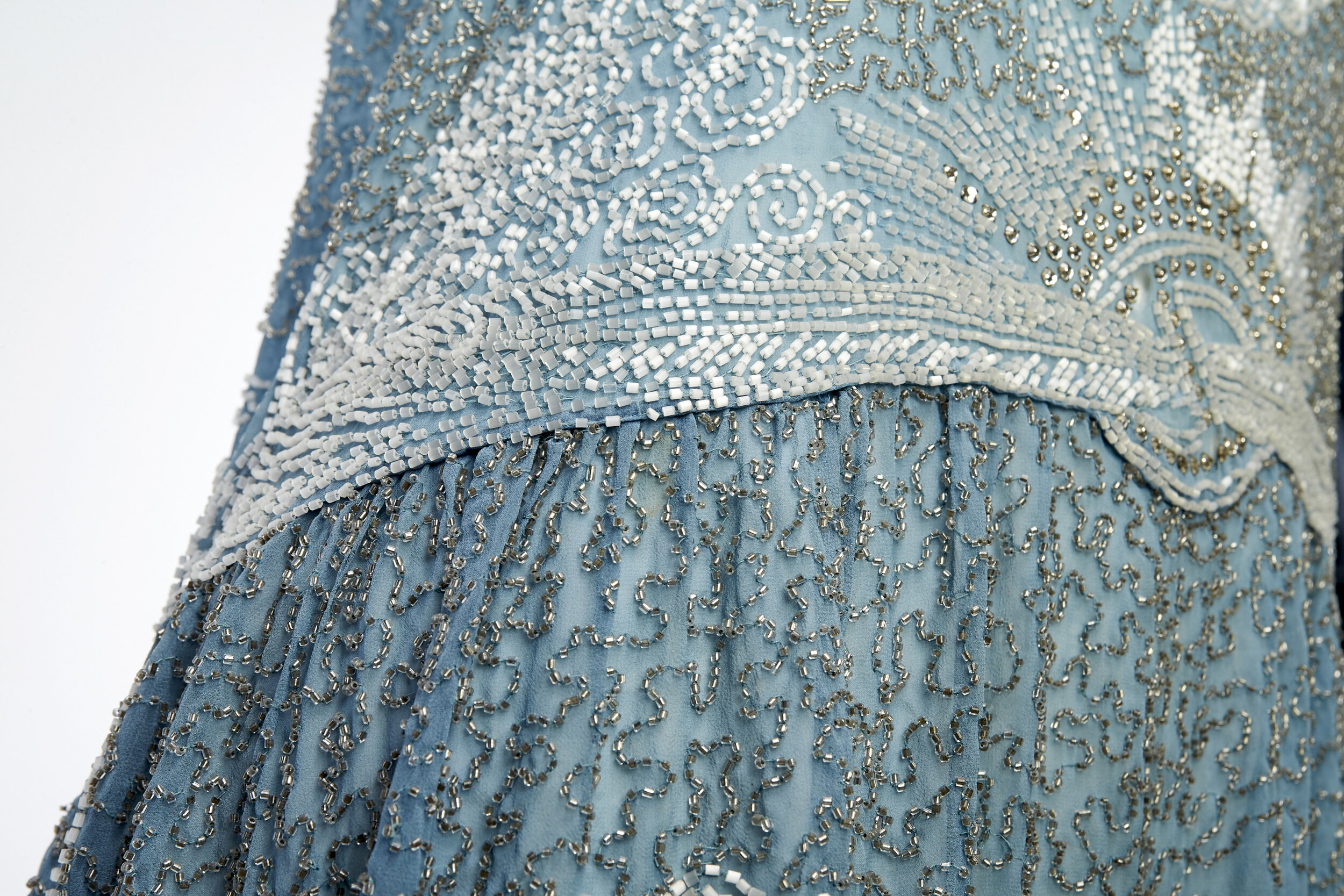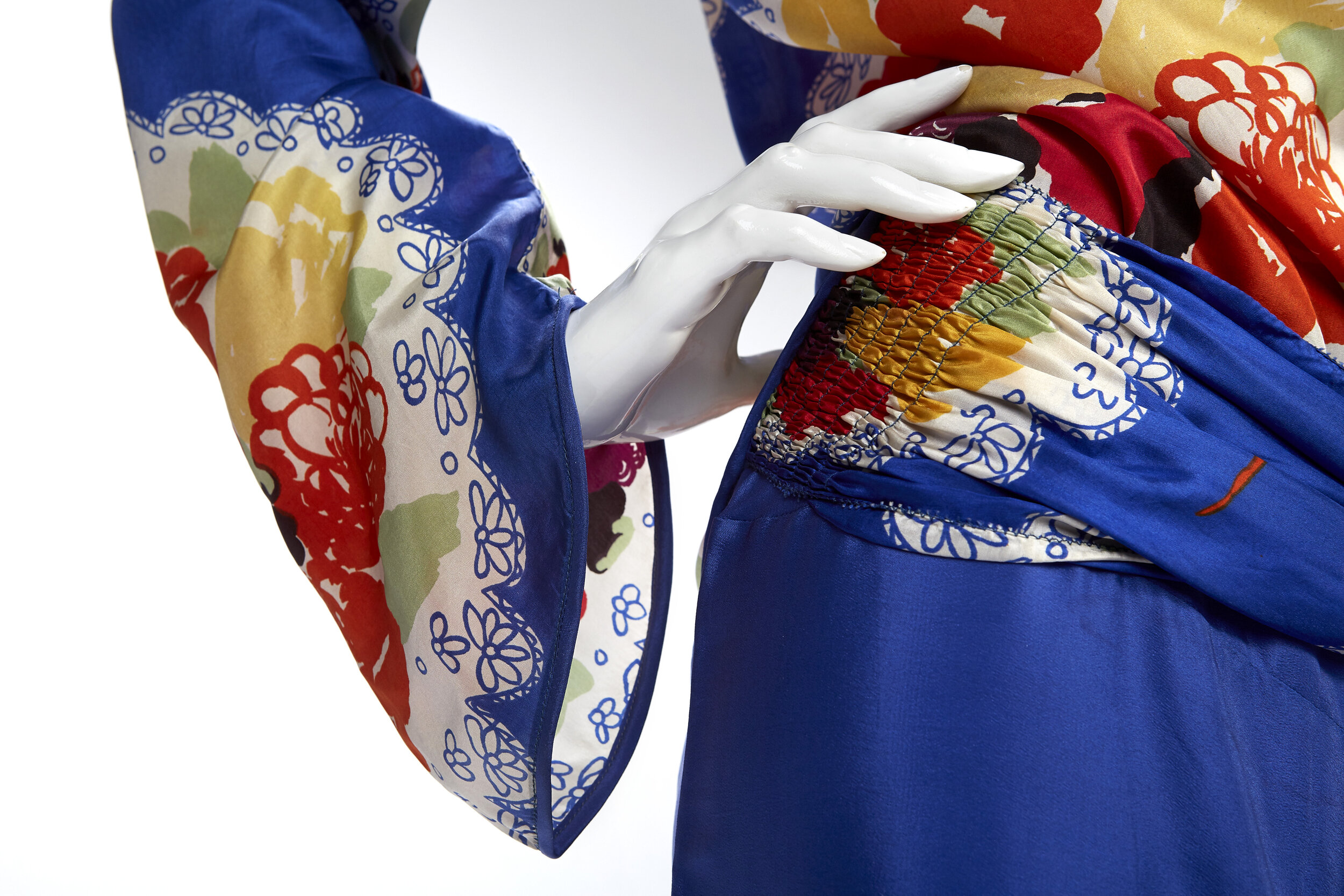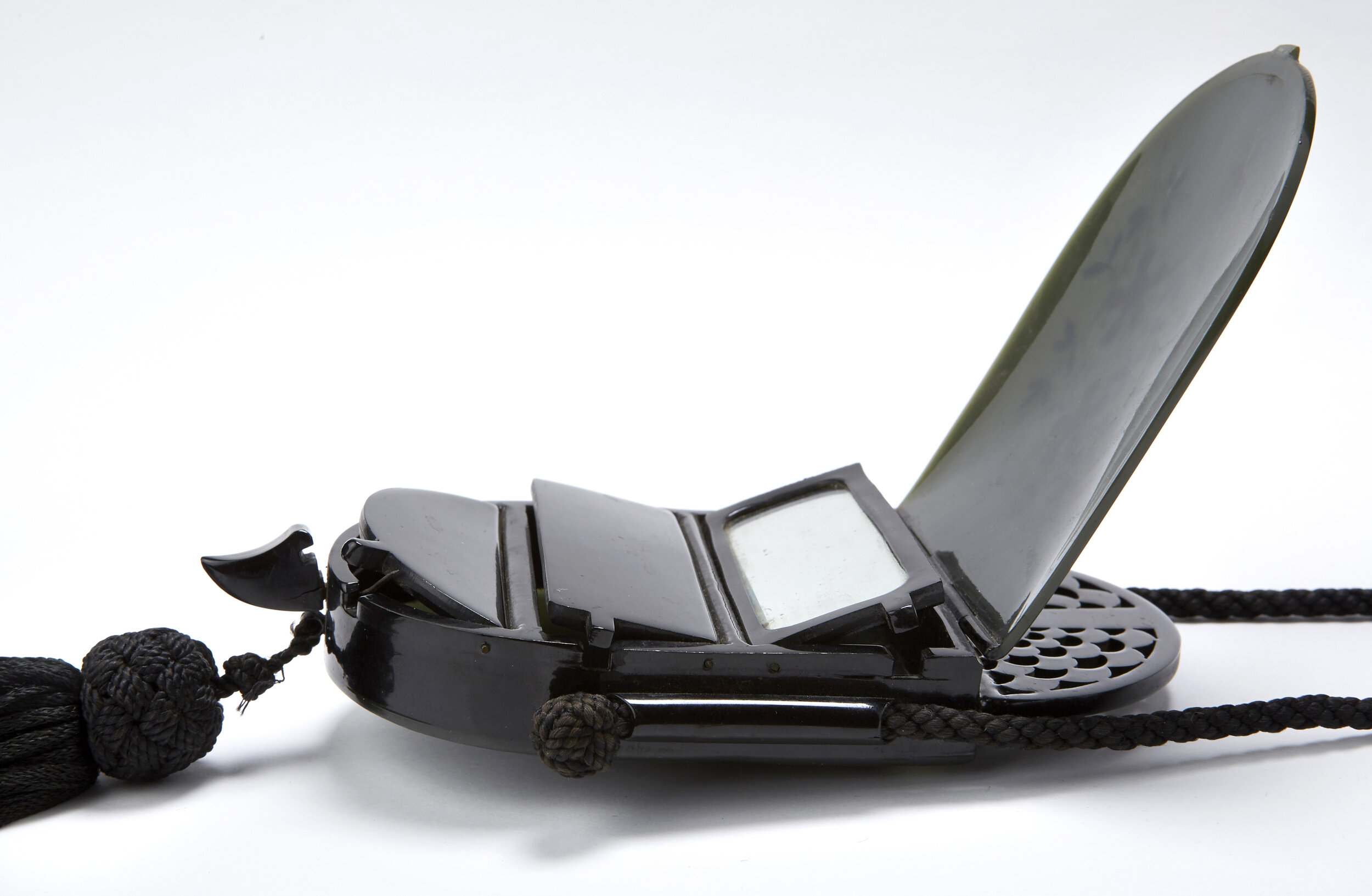How to Spend $1,000 Dollars—Graduate Student Style
By Deirdre Clemente
What can you do with $1,000?
I have an ex-boyfriend who spent $1,000 on a pair of rollerblades that he used two times before he gave them to the Goodwill. My cousin paid $1,000 for a full-bred dog, who ate the toes out of all her socks. People spend $1,000 on bottles of champagne on the Vegas strip every single night. Others pay $1,000 for a psychic reading or baseball card or belt from Gucci. In the grand scheme of American life, it’s not a lot of money.
A thousand dollar Nevada Humanities grant was a lot of money to my public history graduate students at the University of Nevada, Las Vegas (UNLV). We high-fived in the hallway, got a congratulatory email from the dean, and spent an entire class period discussing how to best use the $1,000 to promote our project—a costume exhibition entitled “Ready to Roar: Women’s Eveningwear in the Prohibition Era.” The exhibition, featuring more than a dozen dresses, a pair of beach pajamas, and a range of 1920s accessories, had a space at the very supportive Mob Museum. It had an intellectual foundation of research conducted by a dozen students over the course of an entire year. It had show-stopping objects that a student curator had meticulously selected from private collections and museums.
What “Ready to Roar” didn’t have was photographs, and our grant gave us the funds to get them. We’re not talking “snapped on the cell phone and looking pretty decent” photographs, but real fashion exhibition photographs, the kind that are picked up by local and national media. The images seen are a direct result of the Nevada Humanities grant to the UNLV Public History Program. For five hours, my students worked side-by-side with first-rate photographer Marsh Starks to learn how to produce these eye-catching images. They learned how to dress a mannequin, how to adjust lighting, and how to select the best-of-the-best for publication. But it’s more than awesome photographs, isn’t it? My graduate students read about how to write grants, but then they actually wrote a grant (and edited it). They squabbled about how to put together a budget, and then they put together a budget. They understood why the grant mattered to them, but when required to submit a final report to Nevada Humanities, they had to put abstract ideas into actual words.
People talk a lot about “impact” these days—like, what do you actually “get” when you give to Nevada Humanities. You “get” a generation of Nevada students learning first-hand how to preserve and celebrate our state’s amazing history. From where I sit, that’s a lot better than rollerblades.
Deirdre Clemente is a member of the Nevada Humanities Board of Trustees and the director of public history at the University of Nevada, Las Vegas. She is a scholar of the American fashion industry in the 20th century. For more on her work, see deirdreclemente.com.
Images/Deirdre Clemente
Wedding dress: This is the 1929 wedding dress of Marguerite Johnson, a well-to-do reverend’s wife. Her wedding ensemble is “traditional” in its color and satin fabric, but bold in its cut and embellishment. The asymmetrical dropped waist is accented by cartridge pleating that give support for the train, while the scalloped hem creates a frame for the wearer’s shoes. Wedding dress detail: The detail of Mrs. Johnson’s dress demonstrates the careful construction of the garment whose covered buttons speak to its high-end production.
Detail of blue beaded dress: This detailed image of a 1927 dress demonstrates the era’s elaborate beading techniques using glass beads. The dress is Alice blue, named for the daughter of Theodore Roosevelt, and this shade has remained a popular color in fashion. It became one of the original colors for web design in the 1980s. Detail of Beach pajamas: This is a detail from a set of 1928 beach pajamas that are made of a floral-print crepe and blue silk. Increased access to travel by rail and automobile made vacationing a fashionable pastime for the middle class and the era’s outdoor activities available demanded a new kind of wardrobe. Worn to the casino, pool or dining room, beach pajamas marked the first time women wore pants in the name of fashion. The floral textile speaks to the rise of patterns in all forms of leisurewear in the last days of Prohibition.
Image of Vanity Purse: After spending centuries on fashion’s periphery, purses took center stage in women’s wardrobes during the 1920s. The increase in women working and learning outside the home made it necessary to carry their makeup and perfume with them. This unique “fold out” purse” is an example of fusion between fashion and function.






